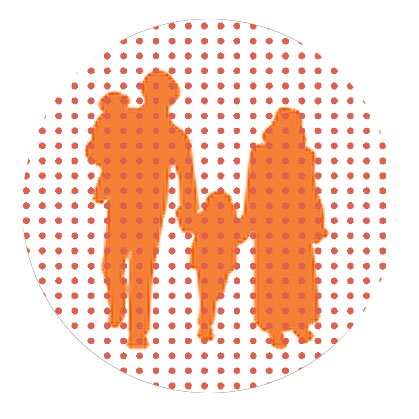When Fear Gets Physical

Sometimes anxiety is not just in the head

A
nxiety is a feeling that everyone experiences. It arises when we face uncertainty or the possibility of pain, and it diminishes when those conditions resolve. On the other hand, anxiety can be a condition rather than just a feeling. We “have” anxiety when we experience anxious feelings frequently or intensely and when our anxiety disrupts our sleep or interferes with normal functioning.
Cognitive versus Visceral
There are two main types of anxious conditions that we might suffer from: the cognitive type and the visceral type. Pittman and Karle, in their wonderful book Rewire Your Anxious Brain, call these “cortical-based anxiety” and “amygdala-based anxiety.” The former is associated with our thought process (our tendency to worry). Amygdala-based anxiety, on the other hand, feels like it happens by itself. The body experiences “irrational” physical symptoms of anxiety that we may not be able to explain, even to ourselves. Phobias, separation anxiety, and panic often produce visceral fear.
Working Off the Adrenaline
Visceral fear is the effect of a system flooded with anxiety chemistry. These chemicals are meant to give us energy to be stronger and shout louder — all in the service of saving ourselves or others. However, when that energy isn’t employed (i.e., we’re not going to be screaming), then it produces uncomfortable physical (visceral) symptoms such as sweaty palms, rapidly beating heart, and lightheadedness. These symptoms can be so intense that the sufferer feels like the heart or brain will burst. In fact, if the person would just use the excess energy, equilibrium would be restored. Doing jumping jacks or running a few blocks provides rapid relief from this sort of anxiety because it simply uses up the excess energy.
Of course, it won’t always be possible to run off the jitters. Nonetheless, those who suffer from frequent visceral fear should keep in mind that regular aerobic exercise tends to keep excess emergency chemistry in check and is thought to reduce the overall tendency to over-produce adrenaline. Since some people have a greater inborn tendency to release this chemistry (a sort of loose valve), acting preventatively can be helpful. However, in order to truly stop visceral anxiety from happening, more steps need to be taken.
Exposure Therapy
Amygdala-based fear develops when someone (usually a person with a “loose valve”) has a painful or bad experience, causing the brain to form a strong association. If a person was in the passenger seat of a car during a serious car accident, for example, her brain might create an association between being a passenger and intense danger. In the future, when sitting in a car, the person’s body might start shaking uncontrollably. The cure for this sort of fear is reeducation — not of the thinking brain (the cortex), but of the body-brain (the amygdala). This means that one can’t logically convince oneself that there’s nothing to be afraid of. Instead, one must convince the body, by helping it experience safety and survival. The most comfortable way to do this is in small steps beginning with the least threatening scenario and moving up to the most frightening. In the case of the car phobia described above, sitting in the car in the driveway may be an appropriate first step. One would sit there for a long enough time for all fear to be extinguished (e.g., 20 minutes).
It’s important to allow the body to first feel anxious and then to “realize” that it’s safe; the technique doesn’t work if the person has suppressed the fear with medication or isn’t engaging in an activity that stimulates some bodily experienced anxiety. When permitted to feel and then let go of the anxiety, the body-brain then begins to associate sitting in the car in the driveway with safety and survival. The next step might be to sit in the car as it is driven for a block, parked for 20 minutes, and returned home. Again, time is required to extinguish fear — returning home before there is enough time to become anxious doesn’t facilitate bodily learning. Next might be sitting in the car for a five-minute car ride around the neighborhood, and when that activity feels completely normal and safe, moving up to a ten-minute trip. One would keep increasing the time until sitting in a car for an hour or more fails to produce any visceral anxiety. This “exposure therapy” can be used anytime the body has developed an uncomfortable visceral reaction in association with any activity, location, or situation.
(Originally featured in Family First, Issue 821)
Oops! We could not locate your form.


